The Abbey was founded by Countess Ada of Northumbria in 1158 as a nunnery. She was the daughter-in-law of David 1st, the founder of many Scottish monasteries.

Haddington ‘Abbey’ was in fact a Priory with a Prioress at its head. But it was commonly called the Abbey.
The nuns were Cistercians. Cistercians were founded by St Bernard at Citeaux and were supposed to lead a simple way of life with undyed clothes, no gold in their churches and meat-free meals. The Abbey had three fish ponds. The nuns may also have eaten oysters as shells are found on the site. Scottish Cistercian monks complained that it was easier to be vegetarian in France than in Scotland’s cold climate.
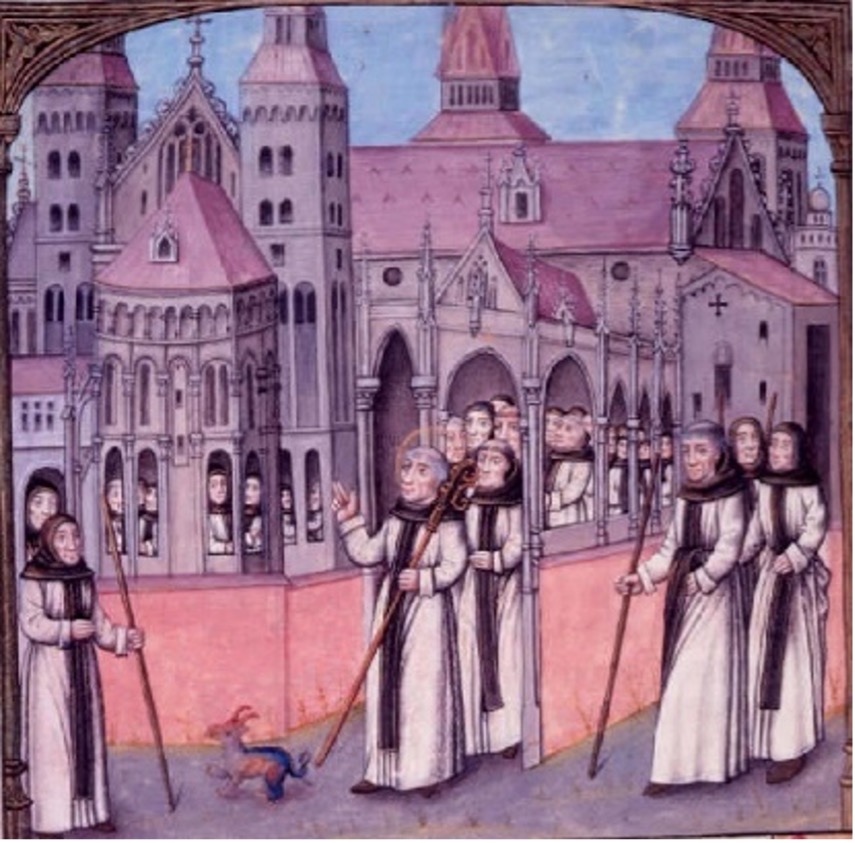
Why was the Abbey founded here? Ada owned Haddington. She chose a site near the Tyne, important for power for a mill and for drainage, but not too close to the town.
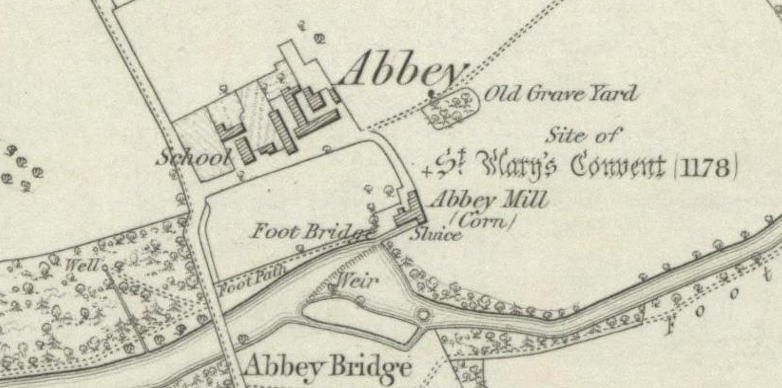
Visitors, welcome and unwelcome
The Abbey served as a hostel for travellers. Margaret Tudor, daughter of Henry VII, was a guest in 1503. As a young teenager she spent a night there on her way north to marry James IV. Before leaving London she had a symbolic marriage where James was represented by his coat.
Through Margaret, her grand-daughter, Mary Queen of Scots, had a claim to the English throne. Because of Margaret, Mary’s son James became ruler of both kingdoms.
An earlier royal, Margaret Stewart, daughter of James II, was sent to the Abbey in 1464, aged 10, after her mother died. Alison Maitland was her governess. She stayed until 1477.
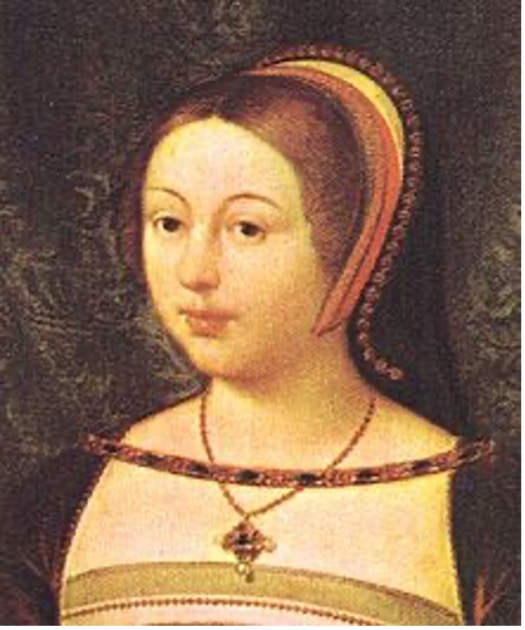
Not all visitors were welcome.
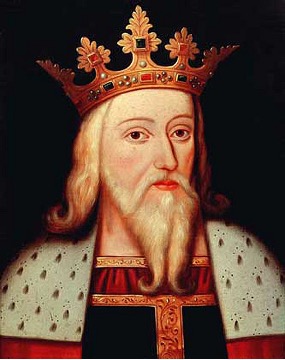
Invading forces of the English King Edward III burnt the Abbey during the ‘Burnt Candlemas’ campaign of 1356.
The Earl of Hertford burnt the Abbey, the Friary and Haddington in 1544 during the first ‘Rough Wooing’, a long campaign started by Henry VIII’s ambition to marry his son Edward to Mary, Queen of Scots. This would bring Scotland under English control.

“The same day (May 15th 1544) we burnt a fair town of the Earl of Bothwell called Hadyngtoun with a great nunnery and house of the friars.”
Prioress Elizabeth was still raising money to repair the fire damage in 1557.
The Treaty of Haddington, 7th July 1548
The Abbey surrendered to English forces in 1547 but was not occupied. The Scottish Parliament met there in July 1548. Haddington was under English occupation. The Parliament agreed that Mary Stuart, Mary Queen of Scots, would marry Francis, Dauphin of France. In return the French would help drive out the English. This became known as the Treaty of Haddington.
Mary was 6 and Francis 4. Mary was not present but her mother, Mary of Guise, was and pressed hard for the treaty. The Earl of Arran as Regent and the French Ambassador were also present.
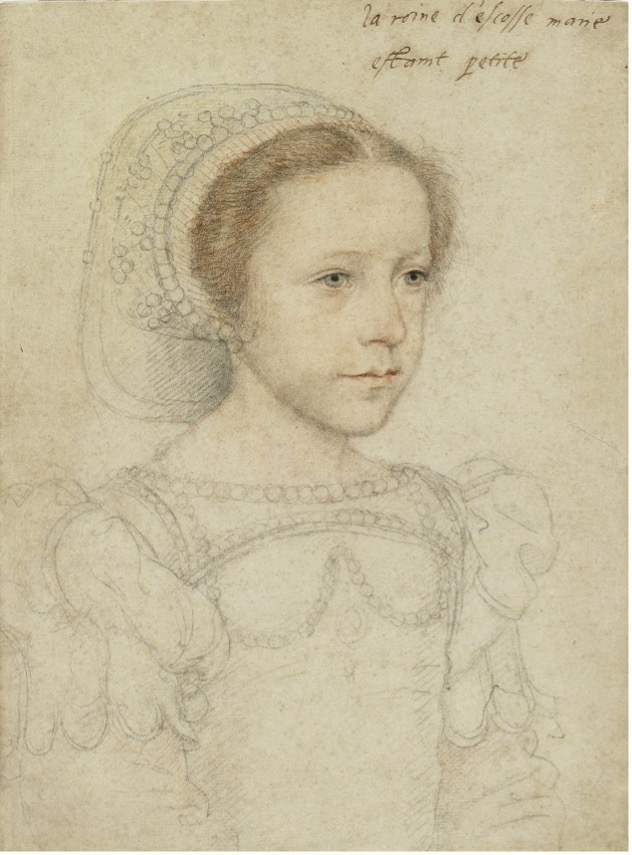
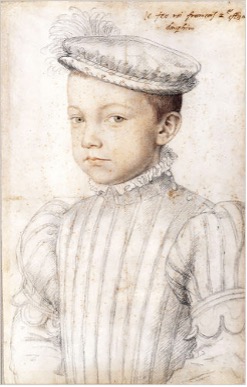
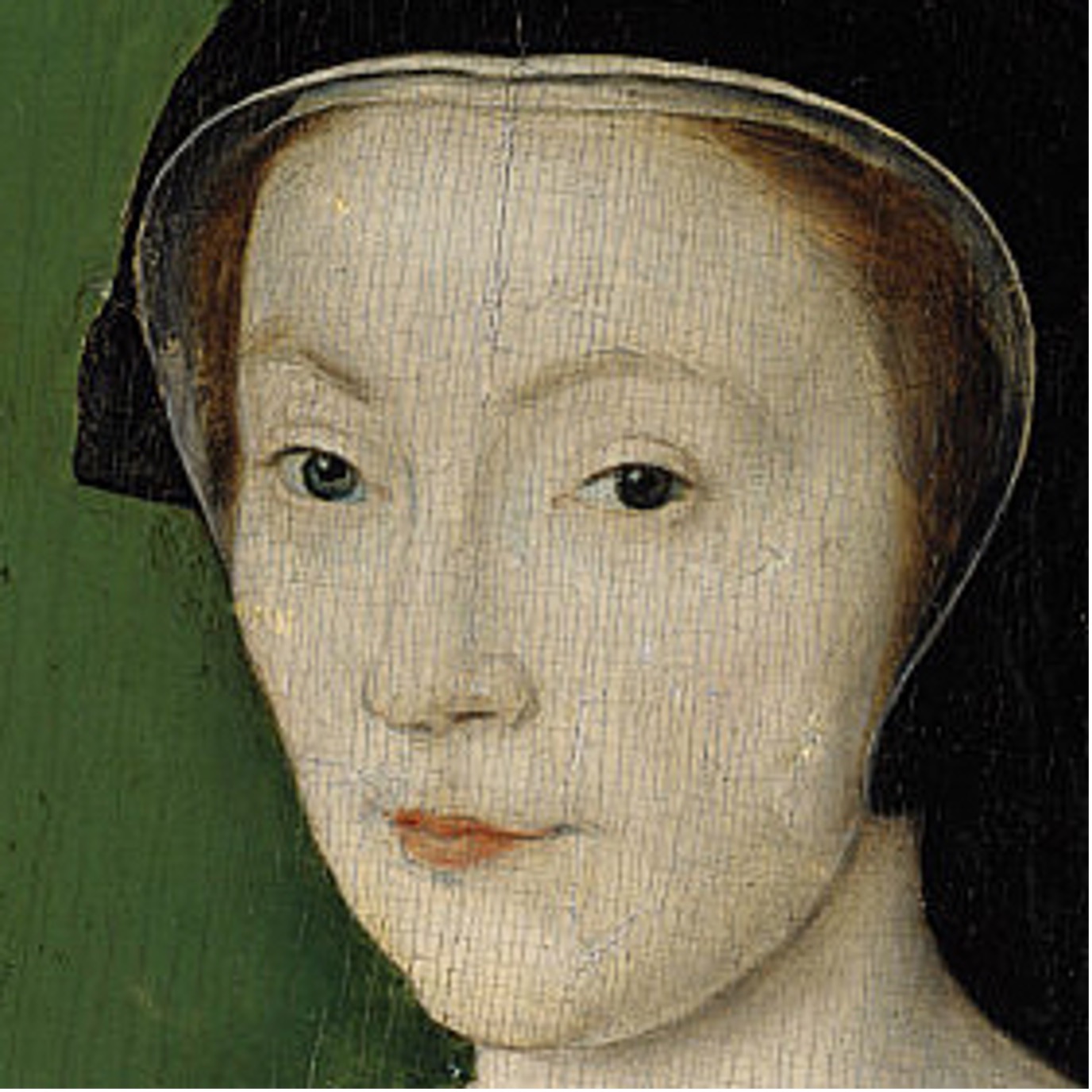
The Abbey played a part in the Siege of Haddington, 1548-49. Elements of the Scottish army were stationed there. A field to the east of the Abbey was once called Camps. An artillery platform was erected on Abbey land on the north bank of the Tyne near the Amisfield cascade.
Property
The Abbey was the wealthiest nunnery in the Lothians. Countess Ada gifted most of the land between the Abbey and Haddington, much of Garvald and half the income from Crail harbour. It had five granges (sheep farms) including Nunraw, near Garvald. The nuns owned two mills and had a tithe (10%) of the income from Haddington’s mills. They had income from 26 churches, property in Berwick, and a fishing on the Tweed.
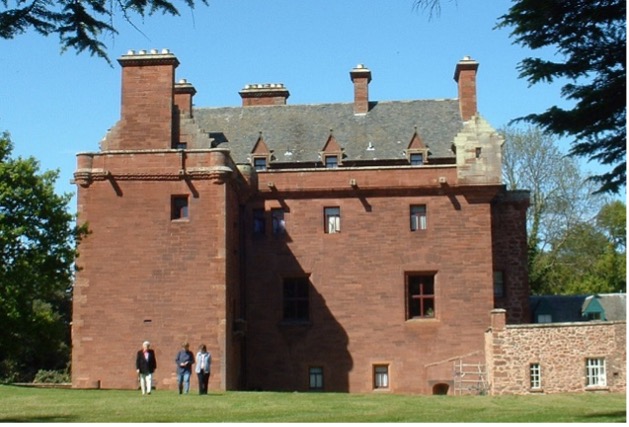

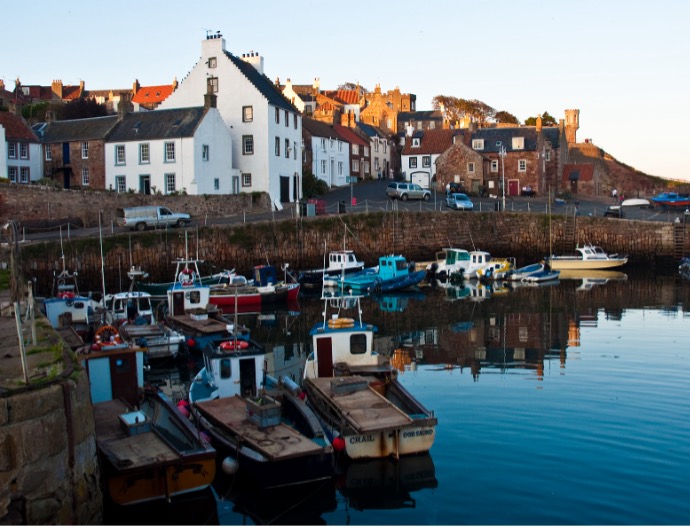
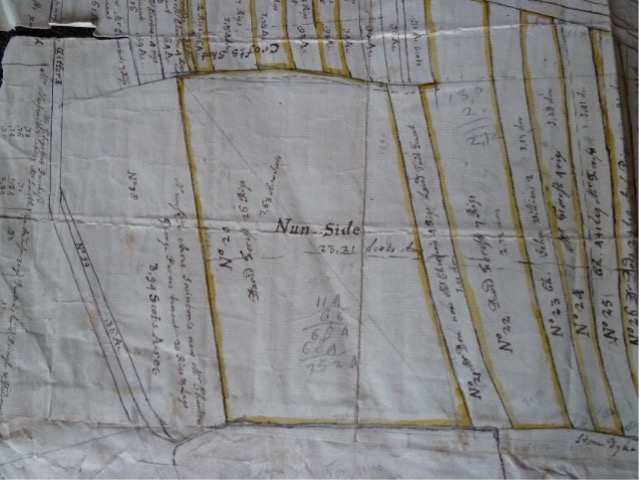
The Prioress was charged with defending Nunraw against ‘our auld inymeis of Ingland’ in 1548.
Much of nuns’ income was in grain, mostly bear (an early barley) and oats. In 1561 this amounted to 600 bags like this one.

How did they use their income? According to the Prioress they supported widows, pilgrims, and beggars and provided hospitality to travellers.
Its wealth and status made the Abbey a desirable prize for powerful figures, like the Hepburn family, who wanted to control its resources but also an obvious target for Hertford in 1544.
Abbey People
The Prioress was the most important person. She was supposed to be over 30, legitimate, literate and chosen by the other nuns. In practice by the late 15th century the post was controlled by the Earls of Bothwell, the Hepburn family. Elizabeth Hepburn was Prioress during the Rough Wooing. Elizabeth was appointed at 23. She was illegitimate, could not write and enjoyed a lively lifestyle.
There were around 24 nuns at the time of Hertford’s 1544 raid, including:
- Elizabeth Douglas
- Mariota Carmichael
- Alison Ramsay
- Joanna Cunningham
Most nuns were from well-to-do families. Being a nun was attractive for women who did not wish to marry.
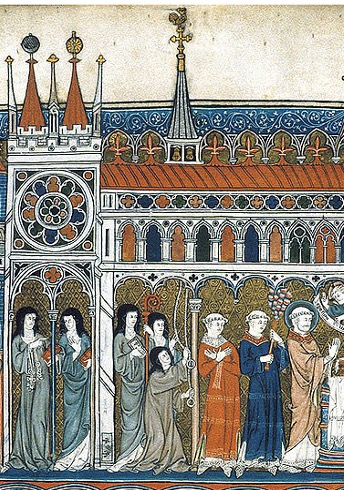
Not everyone was a nun. In 1560 the nuns employed two cooks, porters, maltman, brewer, gardener, stable boys and others. Some of these servants would live at Abbey Village.
The Abbey survived the Rough Wooing, but not the Protestant Reformation of 1560, led by John Knox. The nuns were pensioned off. Isabel Hepburn, sub-prioress, was put in charge of the property. She married and set up home at the Abbey.

Notes
Check the opening hours of Amisfield Walled Garden.
Hailes Castle at the time of writing is closed for repairs but can be viewed from the river bank. For opening hours check the HES website.
Text © Haddington’s History Society, 2022
You must be logged in to post a comment.